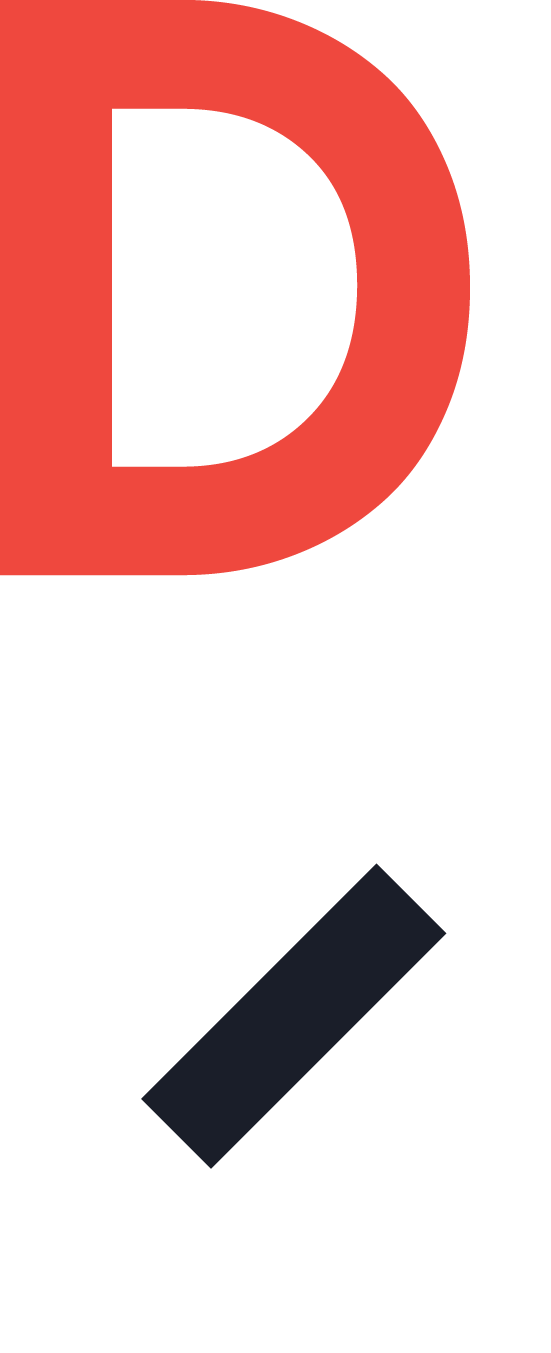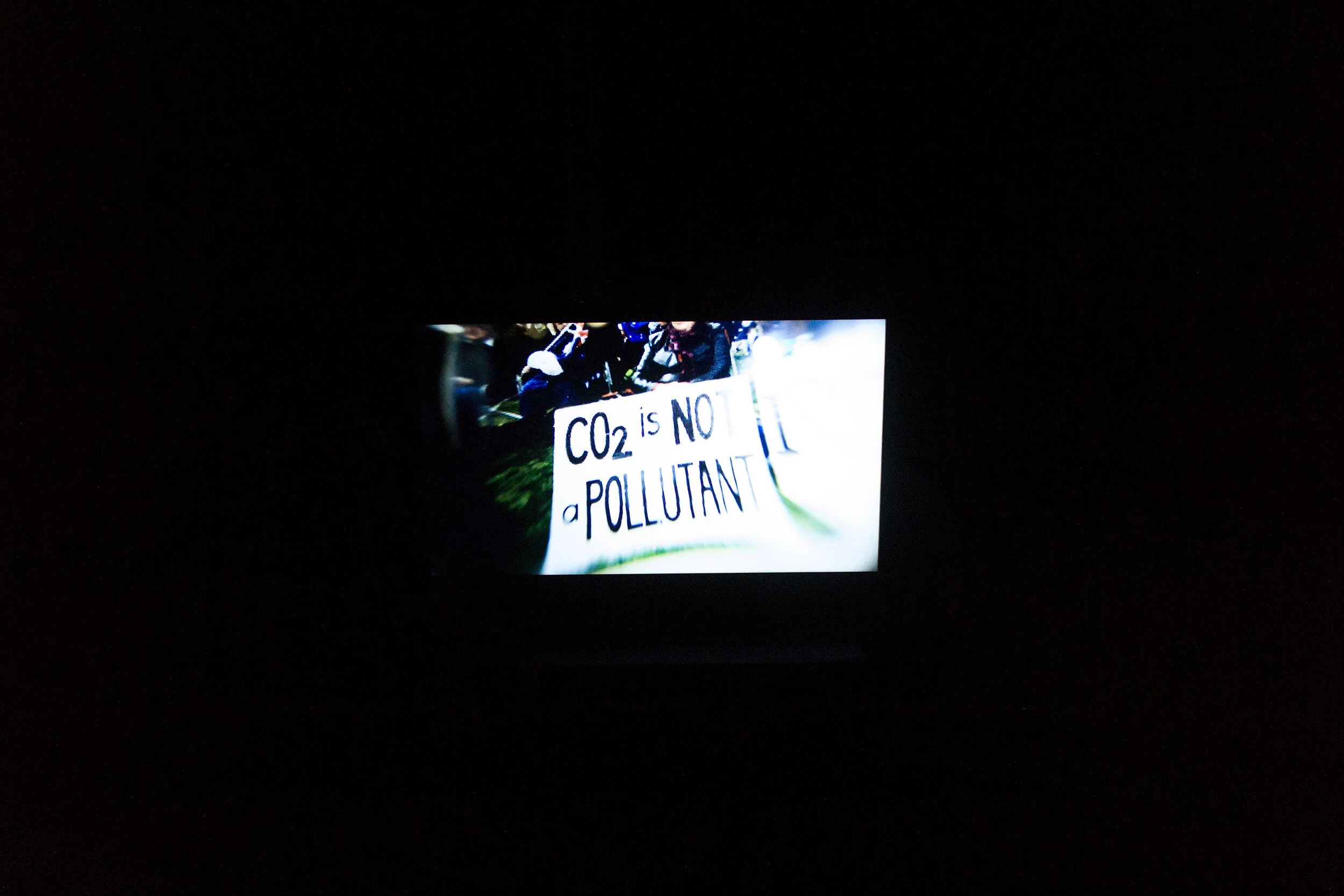Pont/Bridge — London
Kim Kölle Valentine
READING PATTERNS
Presented at LUX from May 7 to June 10, 2017
Opening on May 7
This exhibition is part of Pont/Bridge an ongoing partnership between LUX and Dazibao. READING PATTERNS is accompanied by a complementary video program featuring works by Québec artists selected by Kim Kölle Valentine and France Choinière.
“In examining the complexity of the history of narrative form and of our understanding of stories and memory, I draw on found footage from a variety of cultural sources – films, Internet videos, home movies – and use temporal techniques such as rhythm and punctuation to broaden the field of images. This open space makes it possible to present a superimposition of stories and meanings rooted in both the personal and the collective. Repetition becomes form, and ideas of the self, places and events can be rewritten by means or rearrangement and dispersion.”
With READING PATTERNS, the Montreal artist Kim Kölle Valentine presents two works which explore how an individual’s interiority, and implicitly their entire subjectivity, encounters the outside world. To achieve this, Kölle Valentine has become a collector of the residues of everyday life and images from her surroundings, in the process amassing, as she herself expresses it so well, a storehouse of human events. This personal archive, defying all temporality, attends to its anachronism with care so that a narrative form emerges which invites viewers to become a part of the story, a part of what they are being told. The images stored up by the artist, often shown to the viewer simultaneously and sometimes appearing in quick succession, guide viewers as they interrogate their relations with the other. Although Kölle Valentine’s work appears at first to be based on an understanding of the other through analysis and repetition of their gestures, in fact it reveals the entire process whereby the self is constructed through the analysis of the other. By multiplying the levels on which it is read, and its repetitions, analogies and intersections of senses or visual elements, Kölle Valentine’s work searches for a common motif.
Thus, using an approach which at first glance appears intimist, the artist addresses sensitive social issues by questioning the implications, both philosophical and psychological, and even political, of the personal archive. In the very act of collecting can be seen the potential to develop critical thinking around cultural identity, because every choice – and every omission also – opens onto new narratives and makes it possible to revisit history.
In READING PATTERNS TOGETHER, two strangers cross paths around a mysterious package and try to shine light on the ties that bind them. The protagonists are seen in an undefined space where found footage is shown alongside new images which sometimes resemble recreations or performances for the camera. By multiplying the points of view and interchanging roles, this ambiguous world offers a comparison between the viewer’s entirely individual – inner – experience of reading and the experience of the cinema that is rather external. Through a kind of ubiquity of female presence in the cinema and by blurring the question of who is watching whom, the definition of the self is also compared with the adulation of the other. This work joins collage with images of actresses and women filmmakers, such as Barbara Loden, who made Wanda in 1970, and Juliet Berto, one of Jean-Luc Godard’s and Jacques Rivette’s favourite actresses who also made several films, including Neige (Snow) in 1981.
TO READ IN A BLACK ROOM extends the ideas explored in READING PATTERNS TOGETHER. Barbara Loden’s painted nails in Wanda (1970), the use of candies for transitions in Céline et Julie vont en bateau (1974) and the transformative diamonds in Duelle (1976), both by Jacques Rivette, create a succession of symbols which demonstrate the way in which female presence is necessary to narrative development. And yet it is only in the interstice and the highly subjective parallel space they call forth that the work develops, as if it was a matter of performing the act of looking, of testing the act of creating.
Kim Kölle Valentine completed a master’s degree in fine arts at Central Saint Martins College of Art and Design in London, England in 2010, following a bachelor of fine arts degree at Concordia University in 2007. She is known for her videos and drawings which often take the form of books. Her work has been shown in numerous international festivals; recently, VOX (Montréal, 2015) and Sporobole (Sherbrooke, 2017) have mounted solo exhibitions devoted to her. She won the Hnatyshyn Foundation Charles Patcher Prize (for emerging artists) in 2013 and was part of the exhibition New Contemporaries: In the Presence, presented at S1 Artspace/Site Gallery, Sheffield and at the Institute of Contemporary Arts in London (2011).
COMPLEMENTARY PROGRAMME
Without addressing a common subject, the works of Elisabeth Belliveau, Kandis Friesen, Anna Hawkins, Frédéric Lavoie, Claudie Lévesque and Frances Adair McKenzie unite to offer a singular perspective of contemporary video art, where deconstruction, collage and the construction of a personal archive question our relation to history, or at least how it is written.
Anna Hawkins, How to Chop an Onion (2016) – 10 min. 38 sec.
Kandis Friesen, woa enjelsch (2011) – 7 min. 50 sec.
Elisabeth Belliveau, Limonade (2016) – 4 min. 53 sec.
Claudie Lévesque, The Rise and Fall of a Long Distance Relationship (2008) – 4 min. 25 sec.
Frances Adair McKenzie, A Love Poem to Unnecessary objects (2014) – 4 min. 37 sec.
Frédéric Lavoie, Motus Animi Continuus (2015)
– 20 min. 07 sec.
Elisabeth Belliveau
Inspired by the writing of Clarice Lispector, Limonade explores material transformation in time, as well as themes of still life and memento mori. Decaying fruit performs in relation to figures that emerge and collapse as ephemeral plasticine clouds move across a paper sky.
Elisabeth Belliveau is an interdisciplinary artist and published author of four graphic novels. Her work has been screened and exhibited internationally. She has attended several residencies including Banff Centre, Women’s Studio Workshop (NY) and the National Film Board of Canada. Belliveau holds an MFA from Concordia University in Montréal, where she lives and works. She was recently awarded the Conseil des arts et des lettres du Québec studio residency at Tokyo Wondersite in Japan for the first months of 2017.
Kandis Friesen
woa enjelsch intervenes in video footage of a Russian Mennonite family gathering in 1980s southern Manitoba. Directly translated as “to have become English”, it looks at the liminal spaces within linguistic and cultural identities, and the contradictions of a static faithfulness to an eternally shifting culture. In English and Russian Mennonite (Plaut’dietsch), with no translation or subtitles, this video is part of the Mennonite Video Archive Project, an ongoing series that collects and reframes archival moving images from the Mennonite diaspora.
Kandis Friesen is an interdisciplinary artist from Montréal, Canada. Her practice focuses in on diasporic language, dispersed translations, and the role of document and archive in constructions of public memory. Her work has been shown internationally at various festivals and galleries, and her video work is distributed by Groupe Intervention Video in Montréal.
Anna Hawkins
How to Chop an Onion pieces together fragments from YouTube-sourced tutorial videos and footage of the artist’s own body in order to break down how tactile, domestic and intimate knowledge is demonstrated, experienced, and aestheticized online.
Anna Hawkins is an American artist who lives and works in Montréal. She has recently presented solo exhibitions at Centre CLARK (Montréal, CA) and Eastern Edge Gallery (St. John’s, CA). Her group exhibitions include the UCLA New Wight Biennial (Los Angeles, USA), the WRO Media Art Biennale (Wrocław, PL) and The Laocoön Dilemma at Galerie Sturm (Nürnberg, DE).
Frédéric Lavoie
Motus Animi Continuus (meaning, perpetual movement) presents a fictional narrative elaborated from a collection of documentary images and archives, mostly found on the Internet. The key question of the work — that of climate change —, implies nonetheless theoretical and historical points of view, stemming from research into the history of climate and the great apocalyptic mythologies, ancient doomsday narratives, philosophy as well as literature.
Frédéric Lavoie holds a Master’s degree in Visual and Media Arts from UQÀM in Montréal, where he lives and works. His practice comprises video installations, sound pieces and as well as public interventions. Active since 2003 in the arts milieu, his work has been abundantly presented in galleries, artist-run centres, museums and in the context of video programs.
Claudie Lévesque
In The Rise and Fall of a Long Distance Relationship, a woman leaves several telephone messages on the voicemail of a mysterious Sabrina. The soundtrack, composed of the disembodied female voice and of a fuzziness that could be either the noise produced by the phone line and/or the low drone-like hum of waves, is companion to the hand-held black and white footage of a rocky seashore.
Claudie Lévesque obtained a degree in cinema from Concordia University in 1991. Since 1996, she has dedicated herself to media arts both as an artist and as a cultural worker for the artist-run centres Les Films de l’Autre and Main Film where she has created several short films and organised special programming projects as well as installations. Her works have been presented in the context of numerous festivals and events. She is currently working on a first feature-length documentary film.
Frances Adair McKenzie
A Love Poem to Unnecessary Objects is a wallpaper-like meditation on vibrant matter, a direct sensual response to the call of objects. It explores meaning through an absurdist consumer vocabulary, evoking a din of concentrated effects that meld both high and low cultural references and technologies.
Frances Adair McKenzie is a multi-media artist who combines genres and technologies as a means to invoke the construction of fantastical internal and external worlds. With a simultaneous eye to art history and to pop culture, she foregrounds spectacle as a DIY space of subversion and empowerment. She attained a diploma in New Media from B.C.I.T. and a Bachelor of Fine Arts from Concordia University. Some of her animations have been commissioned by the National Film Board of Canada. She lives and works in Montreal.
Pont/Bridge is supported by the ministère des Relations internationales et de la Francophonie under the Coopération culturelle Québec-British Council program.
Dazibao receives financial support from the Conseil des arts et des lettres du Québec, the Canada Council for the Arts, the Conseil des arts de Montréal, the Ministère de la Culture et des Communications and the Ville de Montréal.













